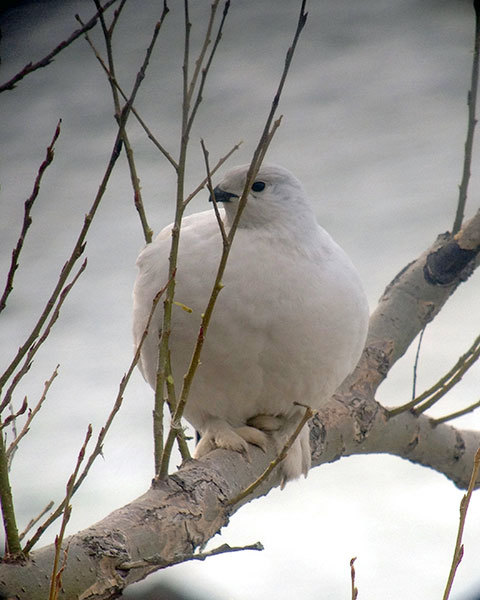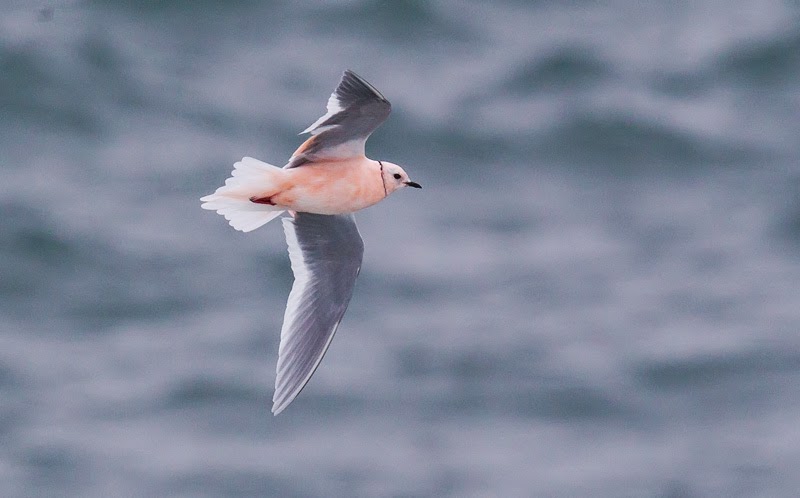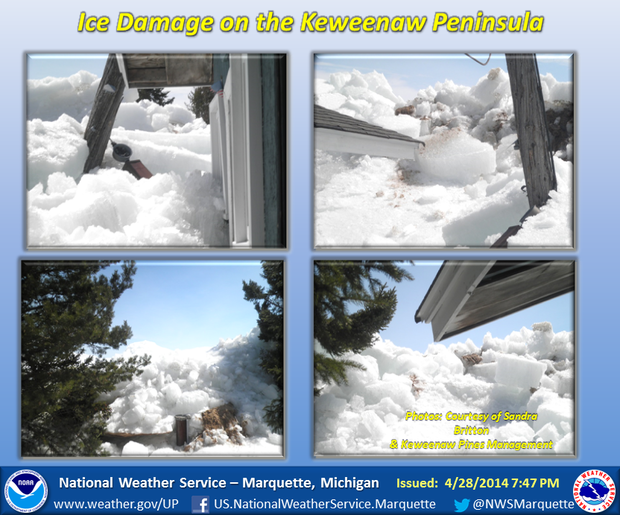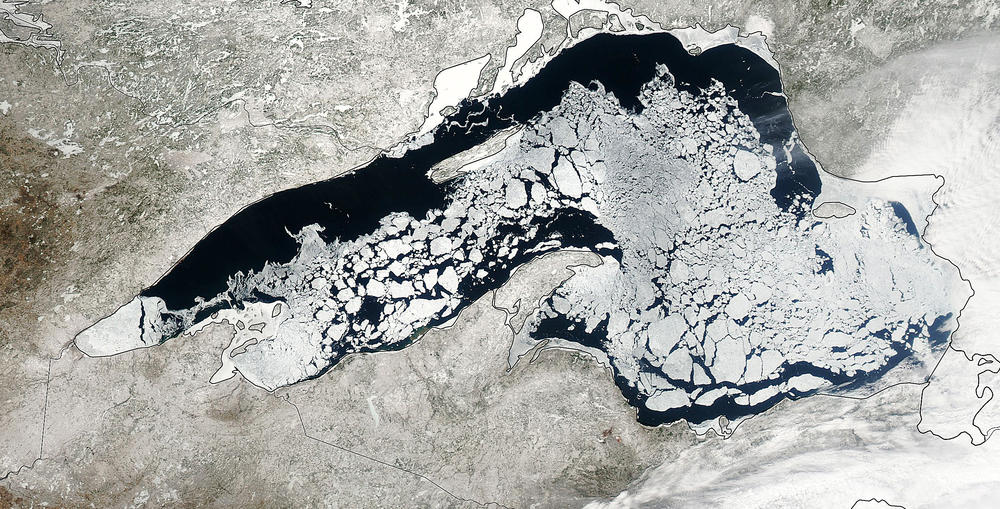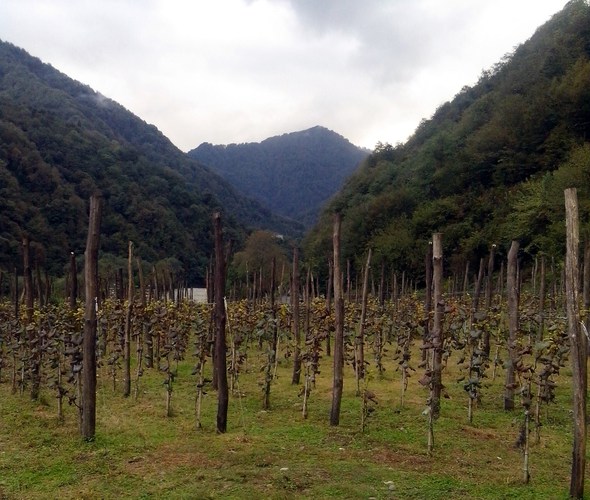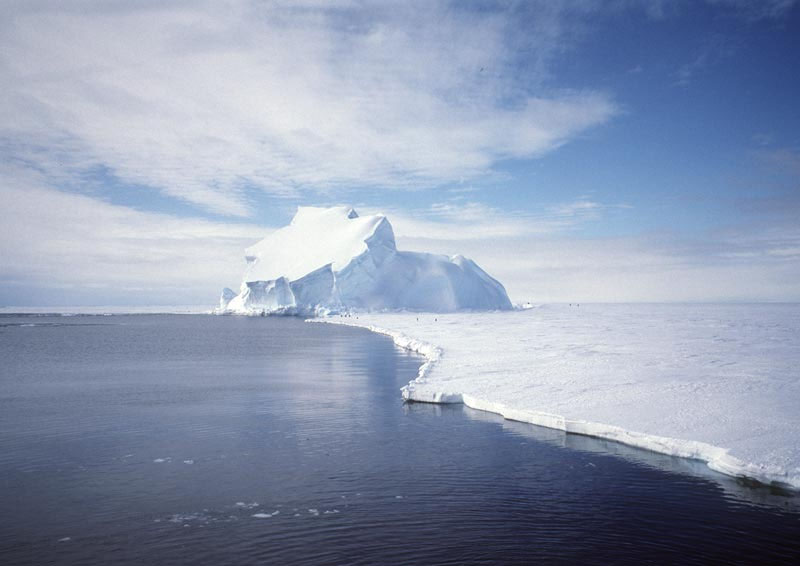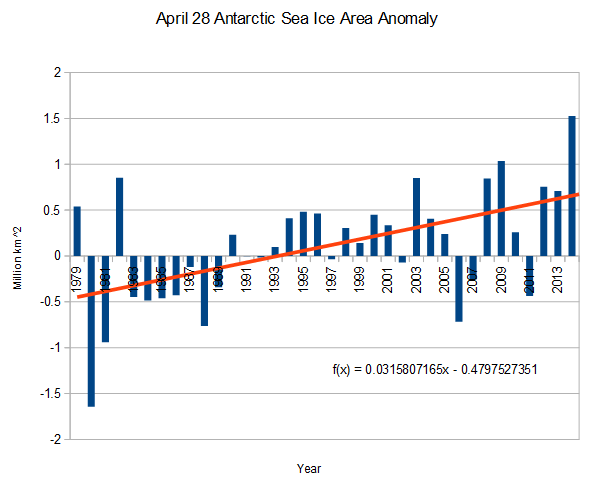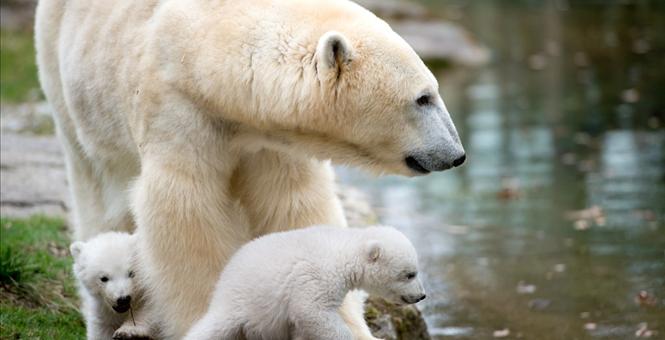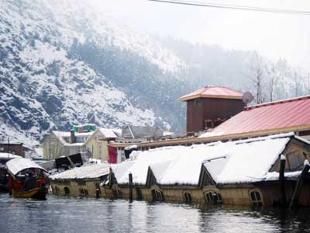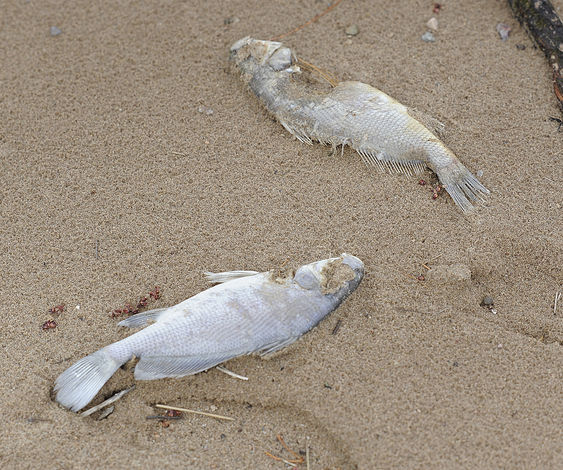
© AP Photo/Daily Tribune MediaIn this photo taken April 28, 2014, a pair of dead fish lies in the sand along the East shoreline of Lake Petenwell in Rome, Wis. Thousands of dead fish are washing up on the shores of some central Wisconsin lakes.
Thousands of dead fish are washing up on the shores of some central Wisconsin lakes.
Wisconsin's Department of Natural Resources
says the phenomenon is likely the result of thick ice that trapped fish in waters with low oxygen,
Daily Tribune Media reported (http://bit.ly/1rB4iJ6 ) Monday.
"They're all over the lake, probably thousands and thousands," said Rome bar owner Tom Koren.
Residents near Lake Petenwell are seeing a second unusual sight - pelicans have come to scoop up the dead carp, walleye and other fish.
"We don't normally have pelicans here," resident Jim Kiehl said. "Then, I saw dead fish lying on the bank."
DNR Fish Team supervisor Justine Hasz says it's
likely the pelicans are turning up because their normal staging grounds on Lake Michigan are still frozen.The DNR expects the cold winter will result in more dead fish in lakes throughout the state. The department expects winter kill to be worst in shallower, backwater areas. Castle Rock Lake also may have been hit hard, Hasz said.
Hasz said the DNR planned to investigate the issue further on Tuesday.
Source: Associated Press
